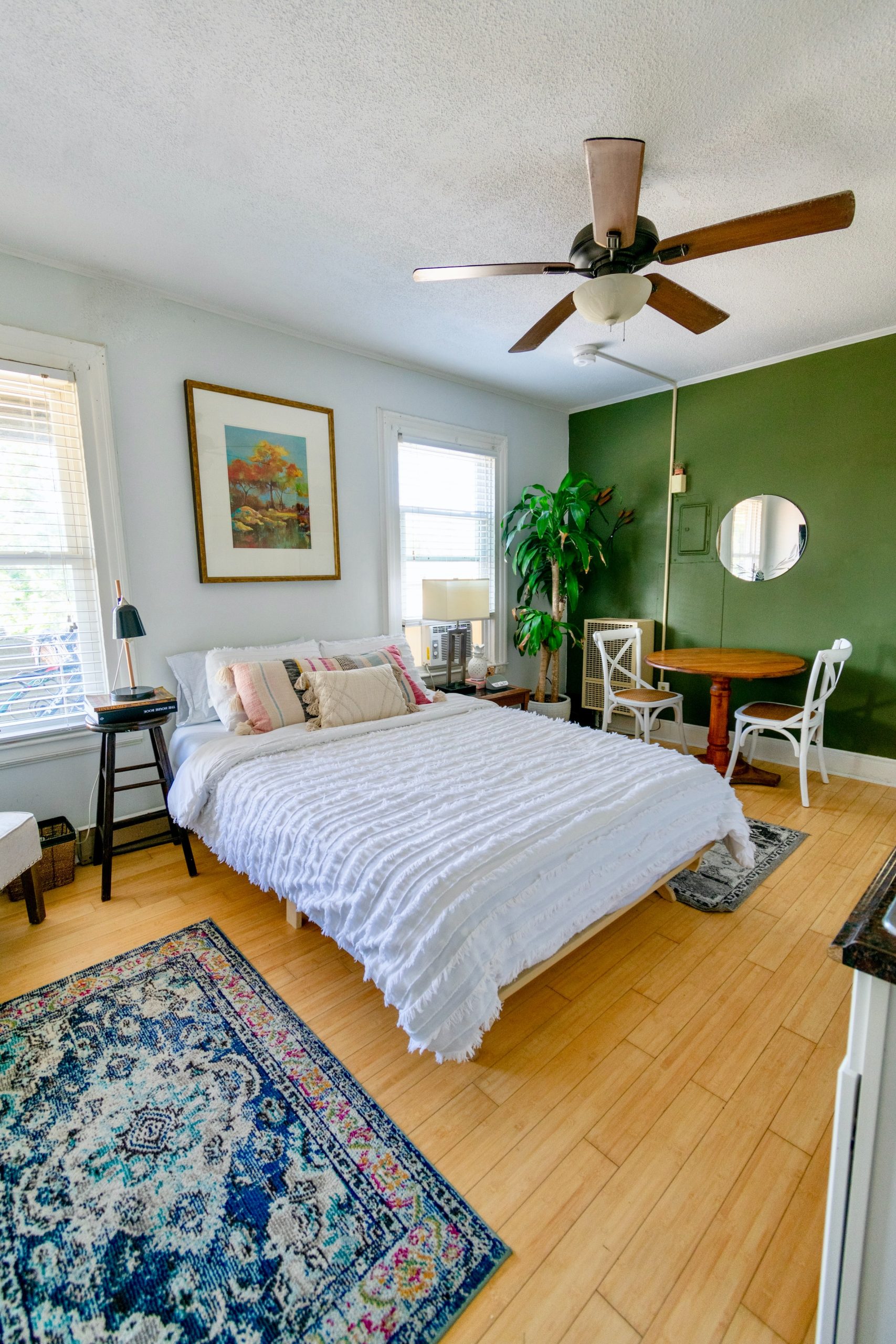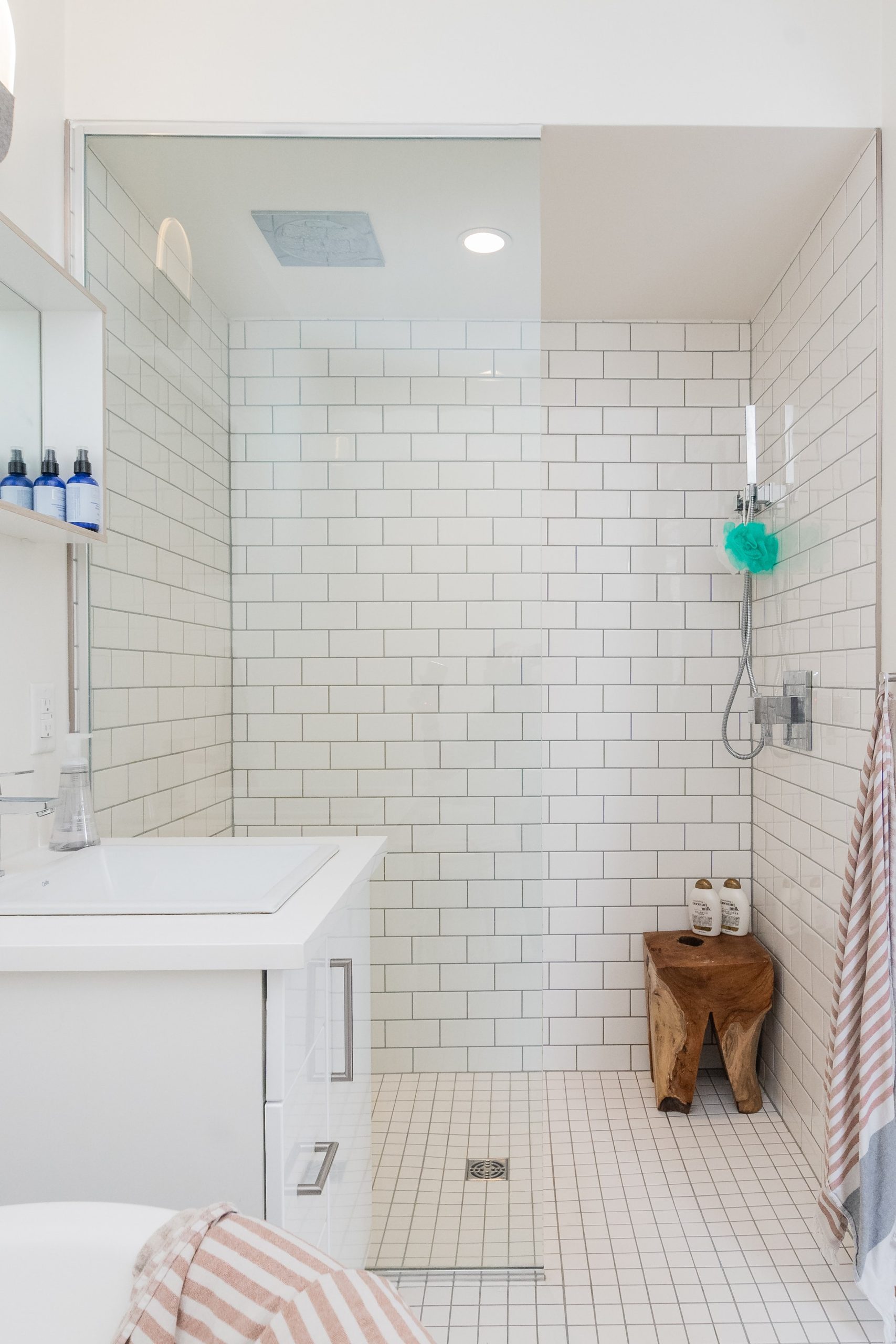Functional and decorative wall coverings set the tone for the overall ambiance of our indoor and outdoor spaces by harmonizing with the furniture and flooring. To dress the walls of the house, multiple options are available to you: tiles, siding, paneling, cement tiles, or mosaic. But some wall coverings are not suitable for all spaces, especially for water rooms, which require waterproof and durable materials.
Wall covering plays a very important role in the interior and exterior decoration of a house. It also optimizes their thermal performance. But their benefits depend largely on the choice of materials used. So, without further ado, let’s dive into this blog and learn some of the things you need to know about the different types of wall covering.
Paint: the most classic solution

This is the most popular solution nowadays, especially for interior walls. Whether in construction or renovation, interior or exterior, there are different types of paint on the market. To know :
-
- Oil or glycerine paint
-
- Water-based paint: vinyl or acrylic
-
- The mixed paint: is made of resin.
In terms of decoration, you can choose between patina, gloss, matte, metallic, satin, and slate paint. The paint is a wall covering that is easy to apply and does not require undertaking big work.
Wallpaper: a very trendy covering
Although wallpaper was put aside some time ago, it is back in the spotlight. Indeed, this coating has become very trendy and is ideal for perfecting interior decoration. In addition, manufacturers have recently made available to customers a wide range of wallpapers with a variety of patterns and colors. Like paint, this wall covering is also easy to install.
Render: to give a rustic look to your walls
If you want to give a rural and rustic look to your interior, then don’t hesitate a second! Render is the ideal wall covering. For your information, this material is a special wall plaster sold in different and natural colors.
It is also the most used coating in renovation. This is due to the fact that it has the ability to hide the defects of interior walls. However, there are certain steps that must be followed during its installation.
The glass cloth: to hide the irregularities of the walls
Glass cloth is the ideal solution to hide the irregularities of an interior wall. There are three types:
-
- The glass cloth to be painted
-
- Pre-painted glass cloth
-
- Colored glass cloth.
The wall fabric: for an optimal thermal and acoustic comfort
There are many qualities that wall fabric can bring: better thermal and acoustic comfort, a decorative coating, easy maintenance, etc. The only problem is that it is difficult to install.
Paneling: for a warm atmosphere
A wainscot wall covering can be:
-
- Solid wood
-
- In PVC
It is also a real decorative product and, therefore, perfect for the house’s living room, dining room, or other rooms. However, it is necessary to call upon a specialist in the renovation to carry out its installation. These companies also carry out all renovation and construction work on individual houses.
Tiles: a very resistant coating
It is an aesthetic and resistant coating. It is, therefore, perfect for covering the kitchen and bathroom floor. Like cork, tiles are also resistant to humidity. In addition, it is easy to maintain. You can choose from marble, terracotta, ceramic, slate, and natural stone tiles.
Cork: ideal for the bathroom

Not only tiles but cork is also an alternative for bathrooms and wet rooms. Indeed, this wall covering has great resistance to moisture. At the same time, it optimizes the acoustic and thermal insulation of the space. You don’t need to contact a professional, as cork is easy to install.
Sound off in the comments section below, and tell us what you want to read next and if you want to read more about wall covering.


